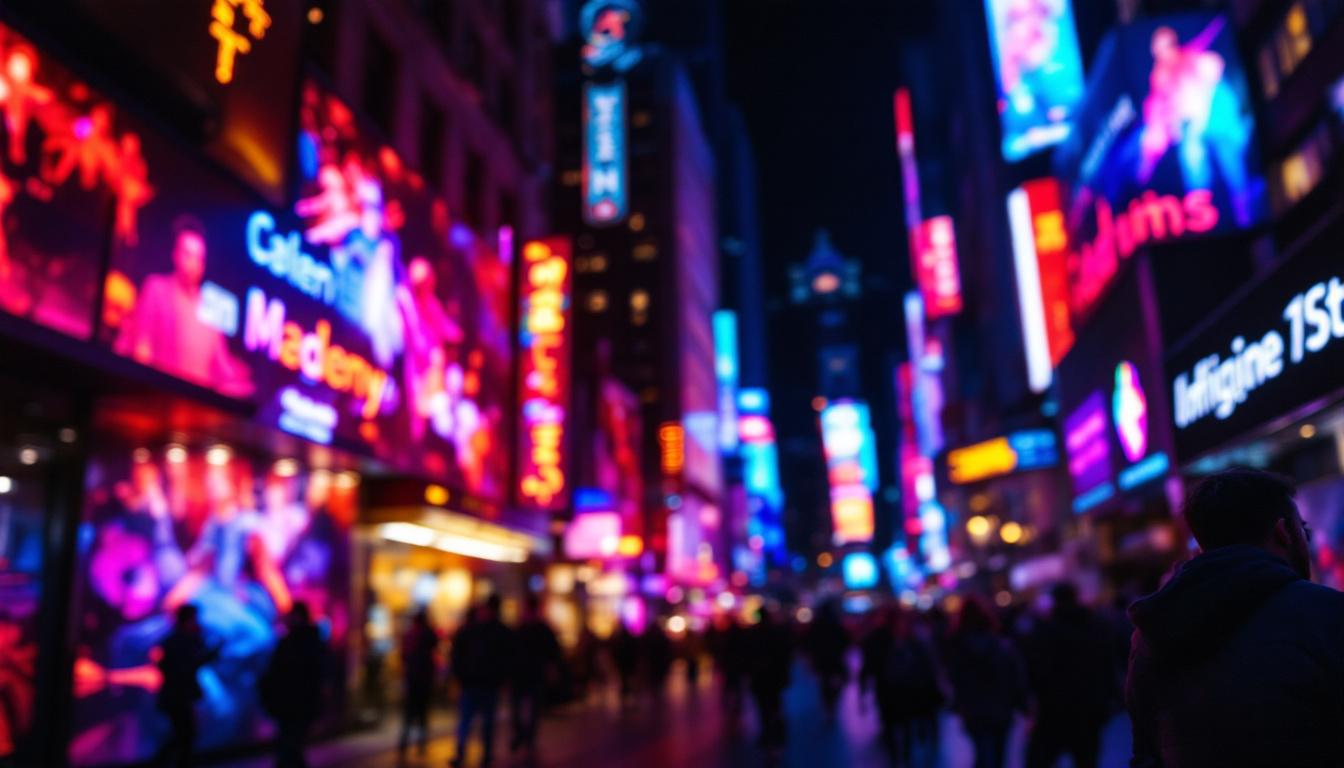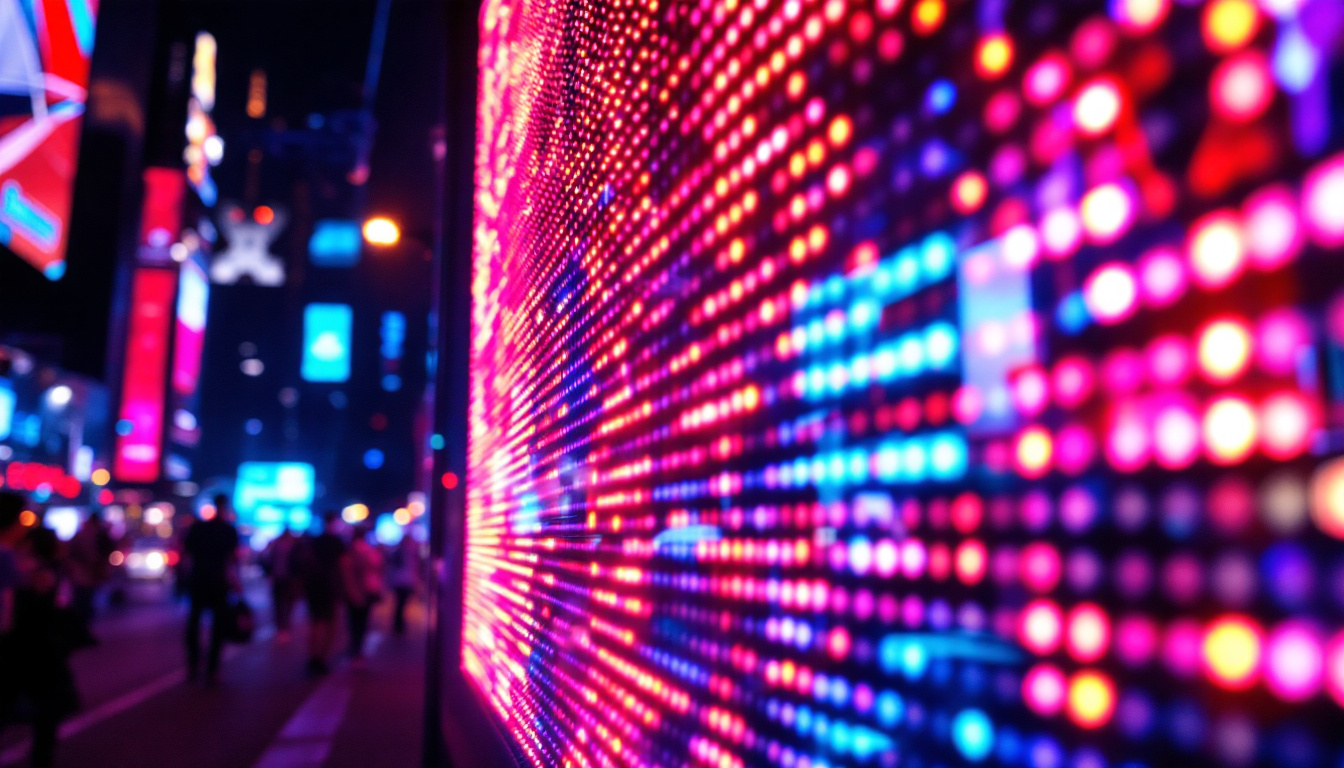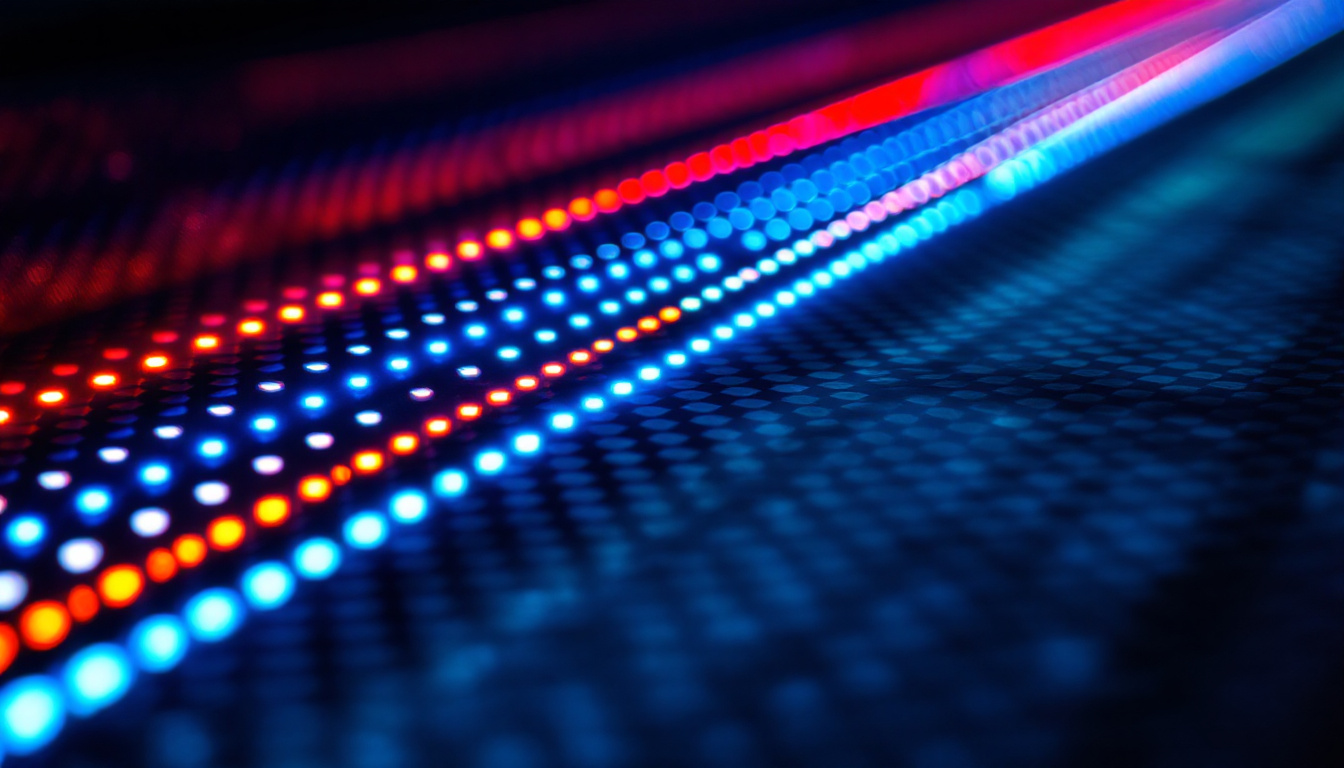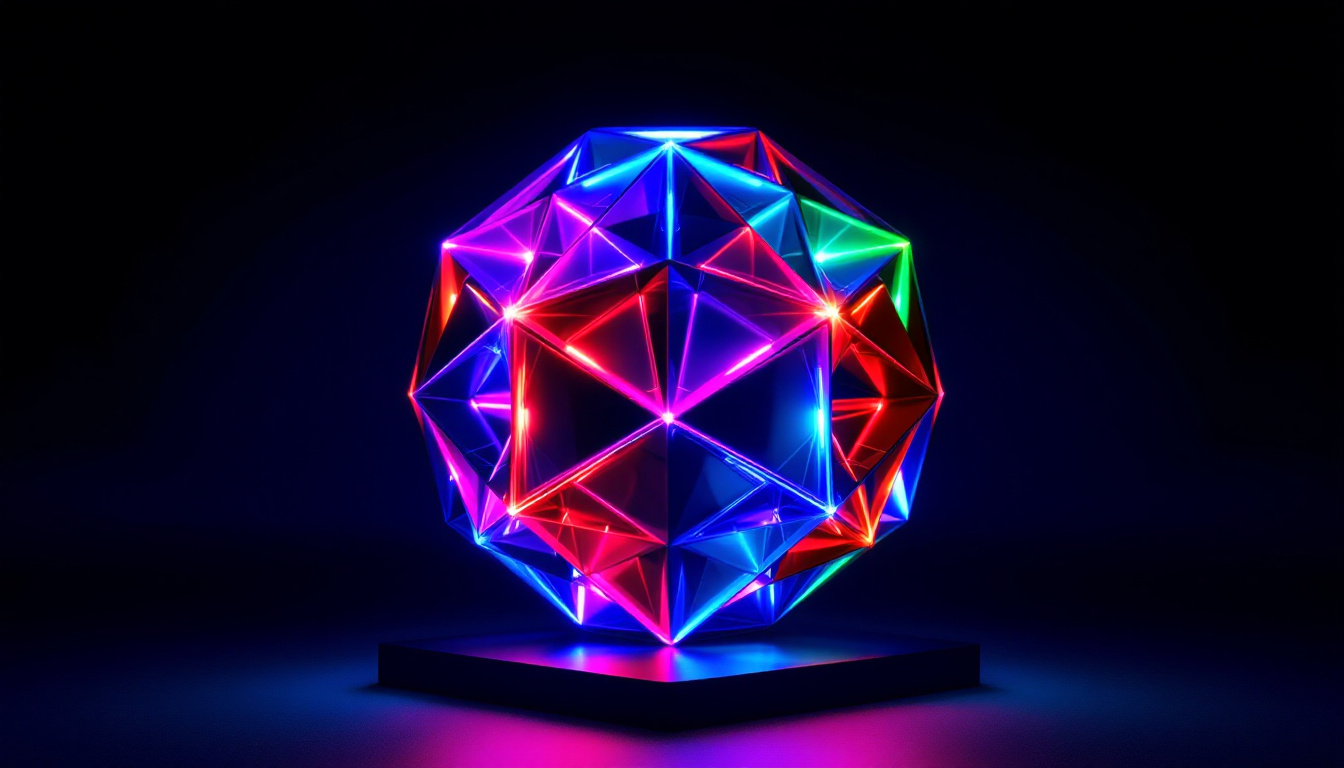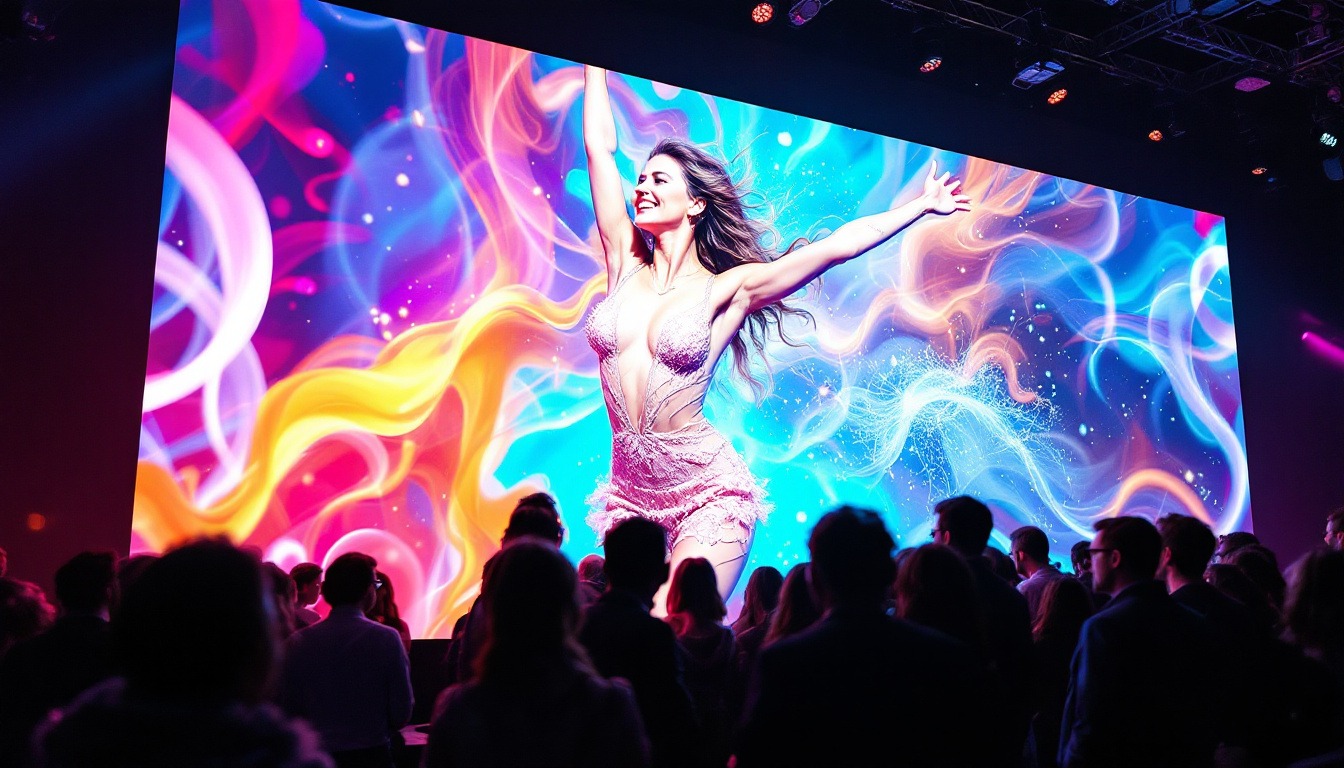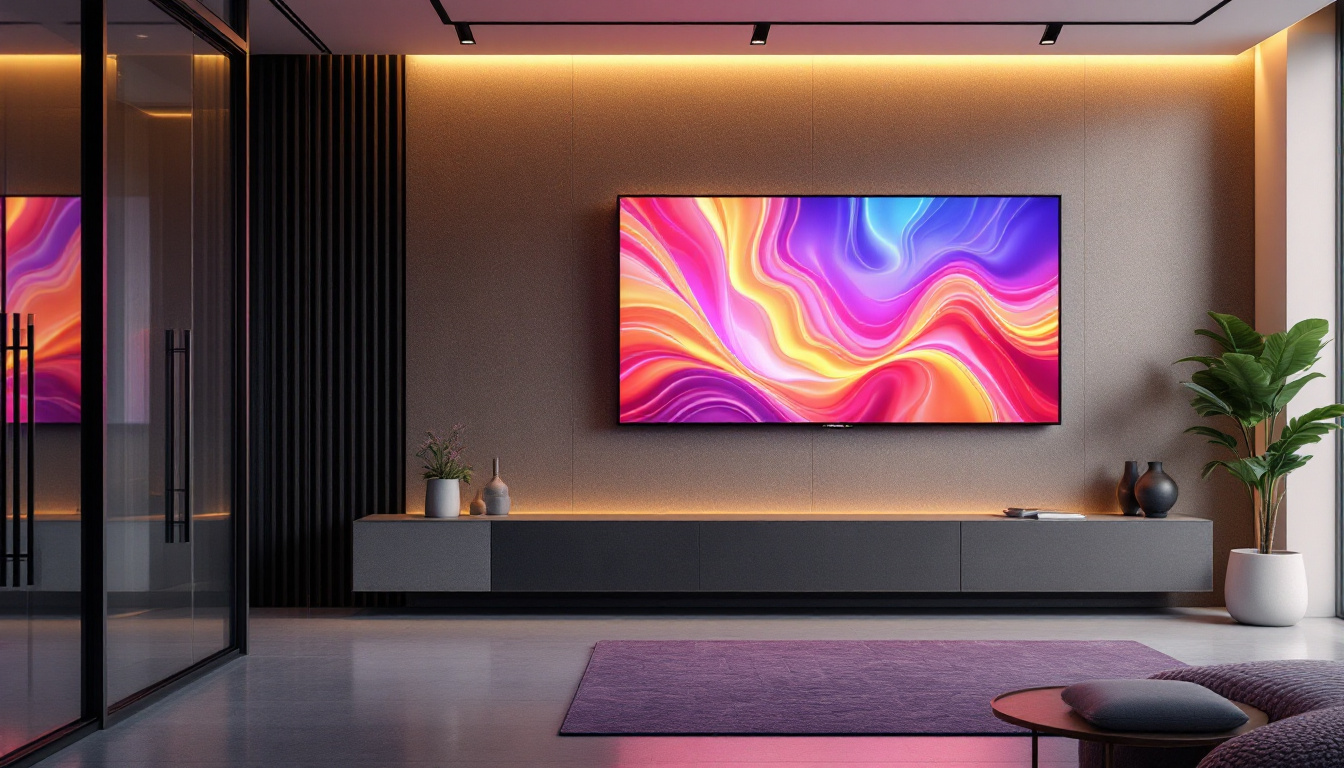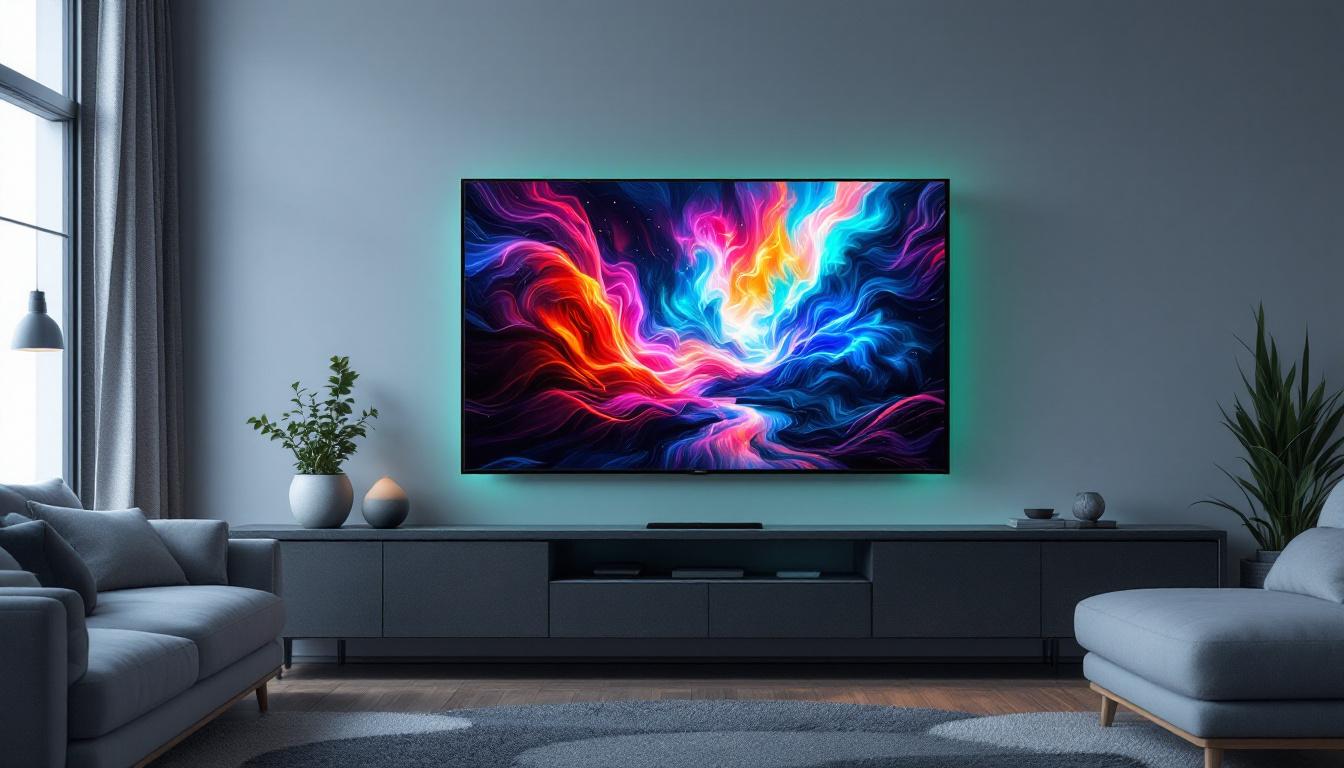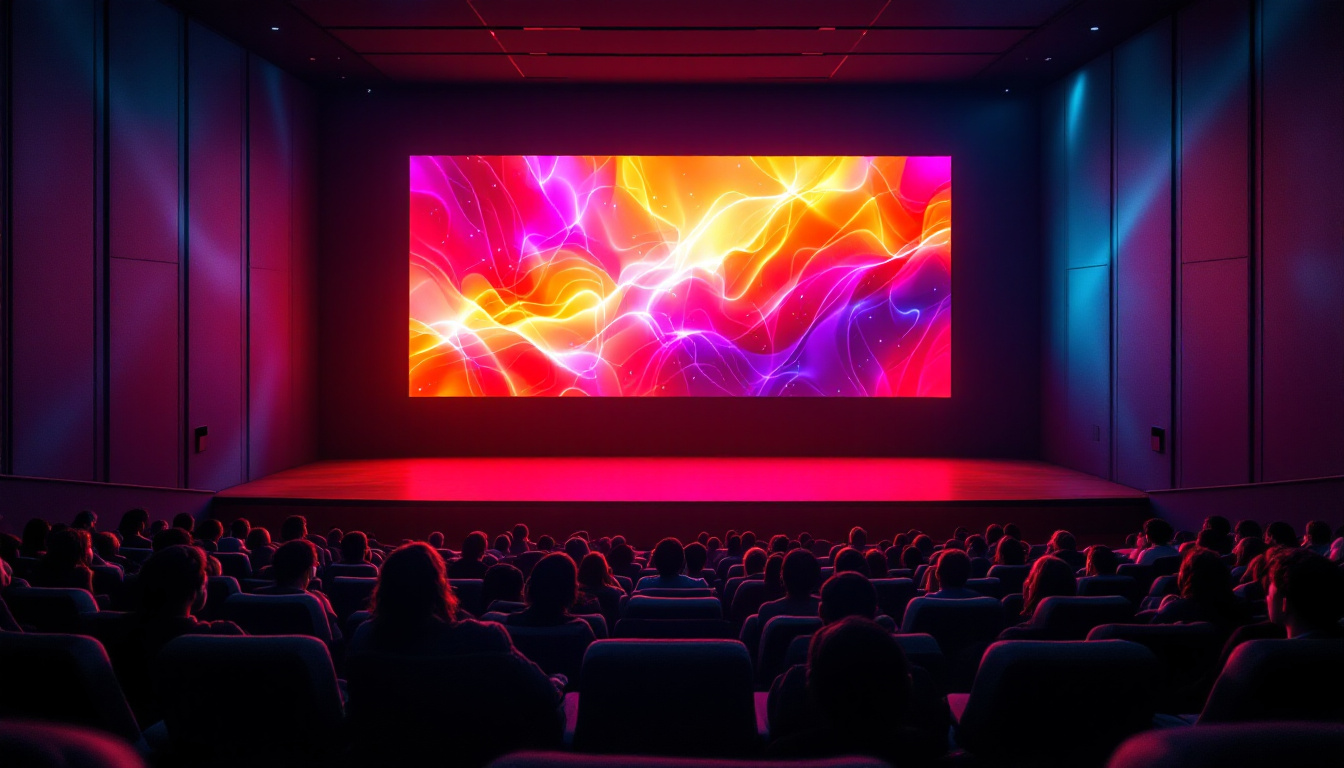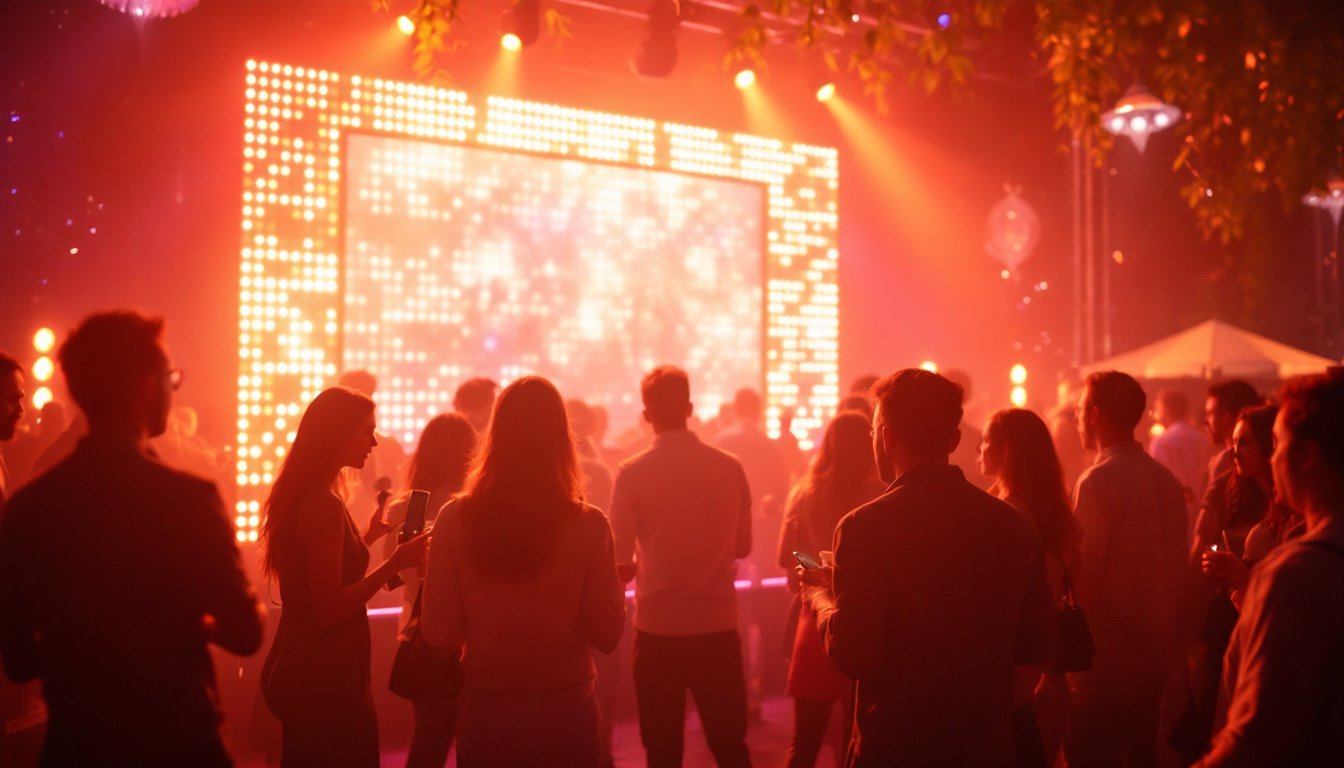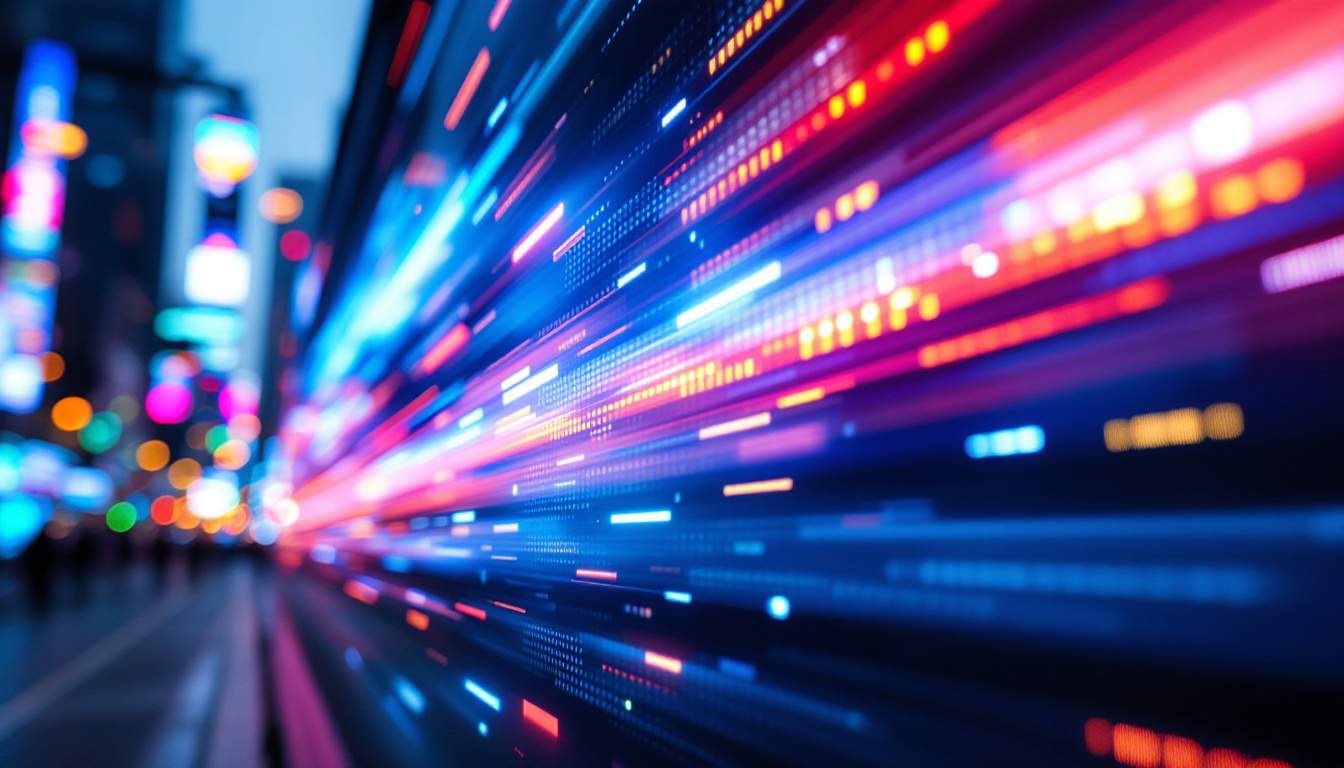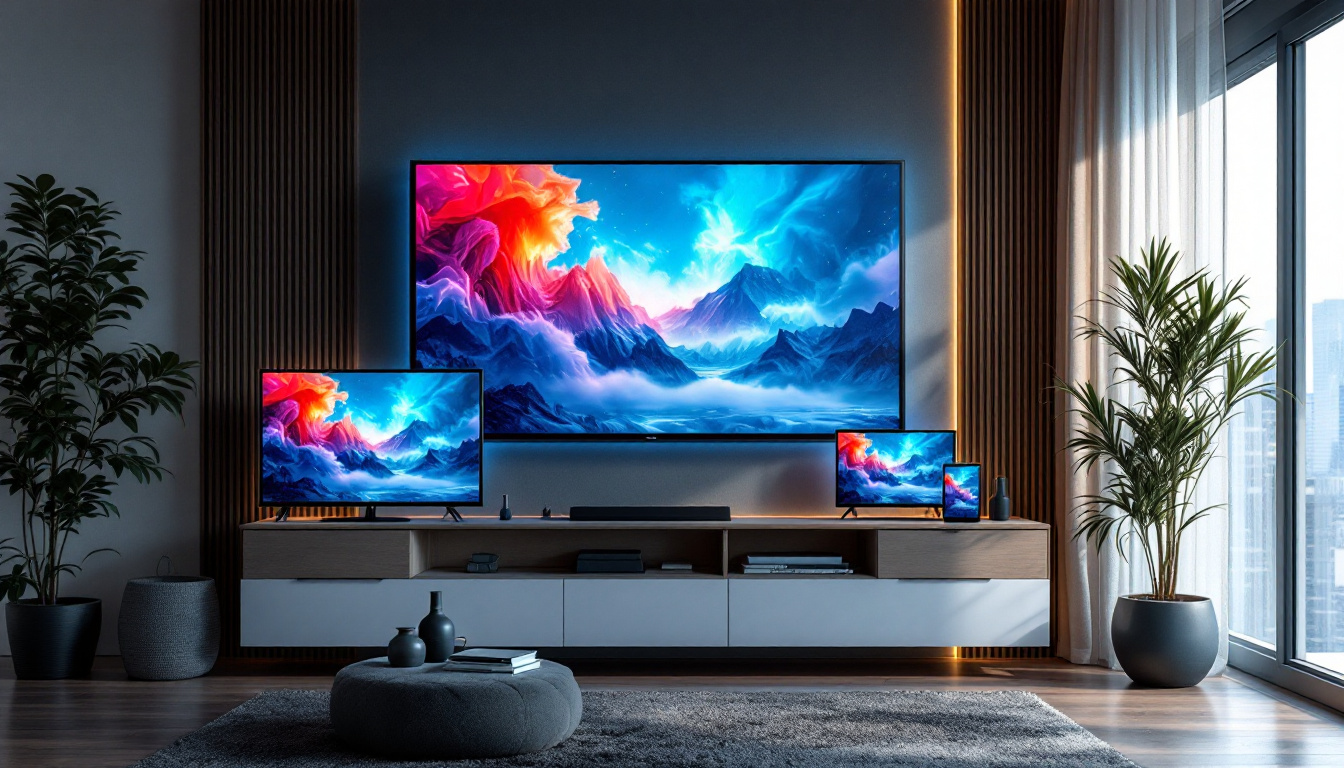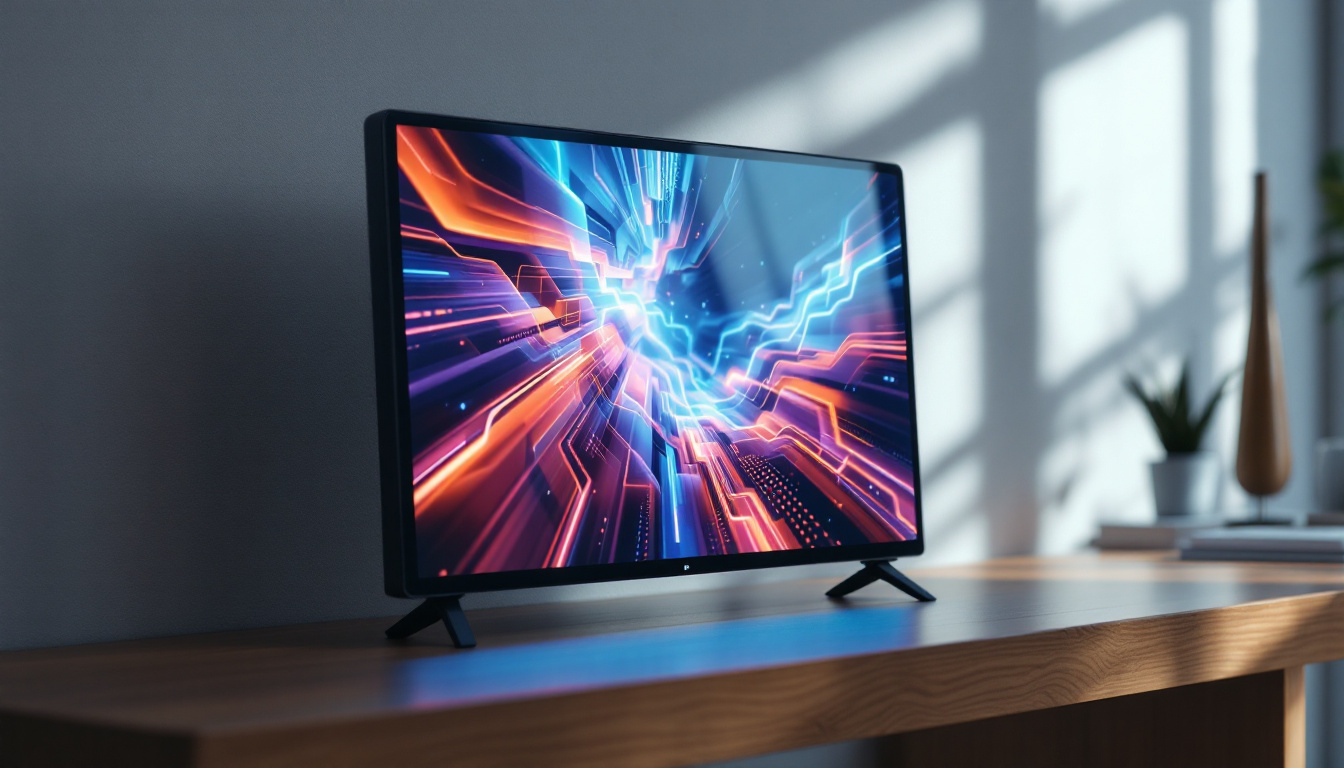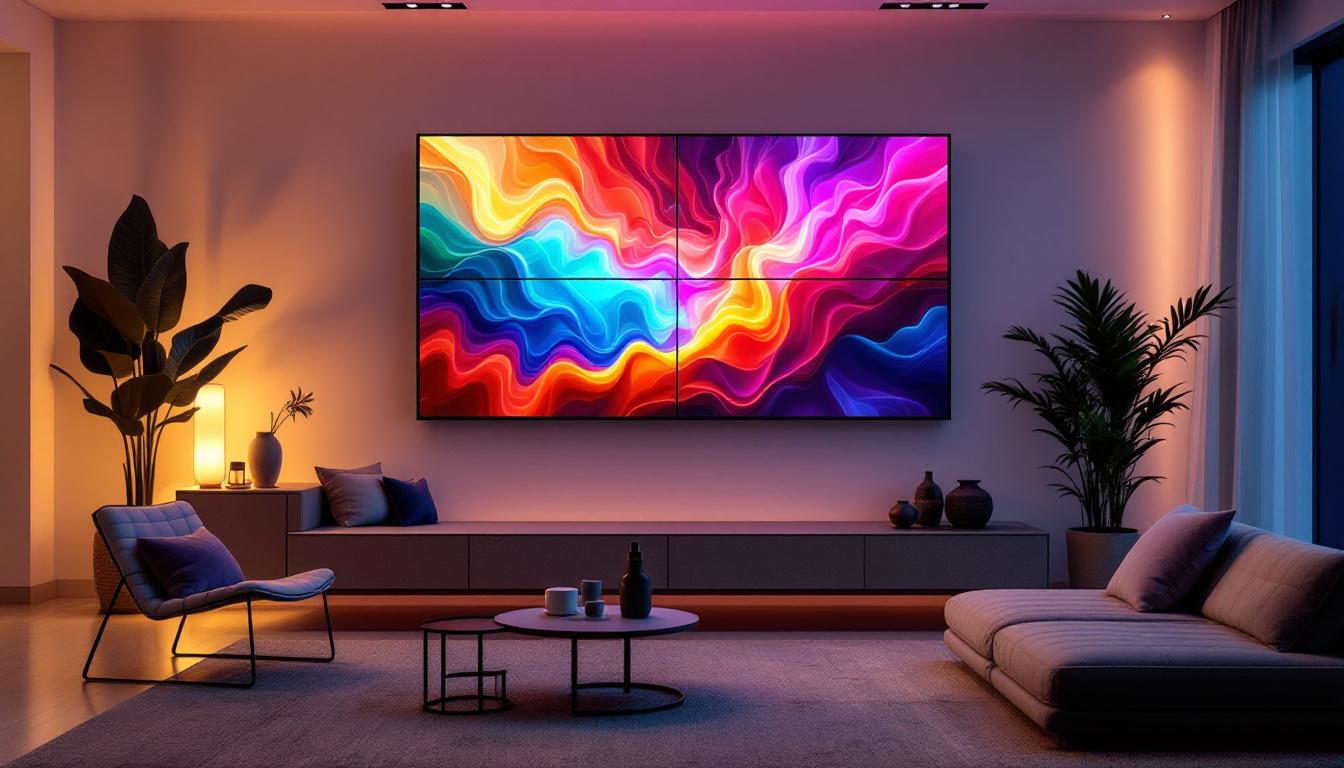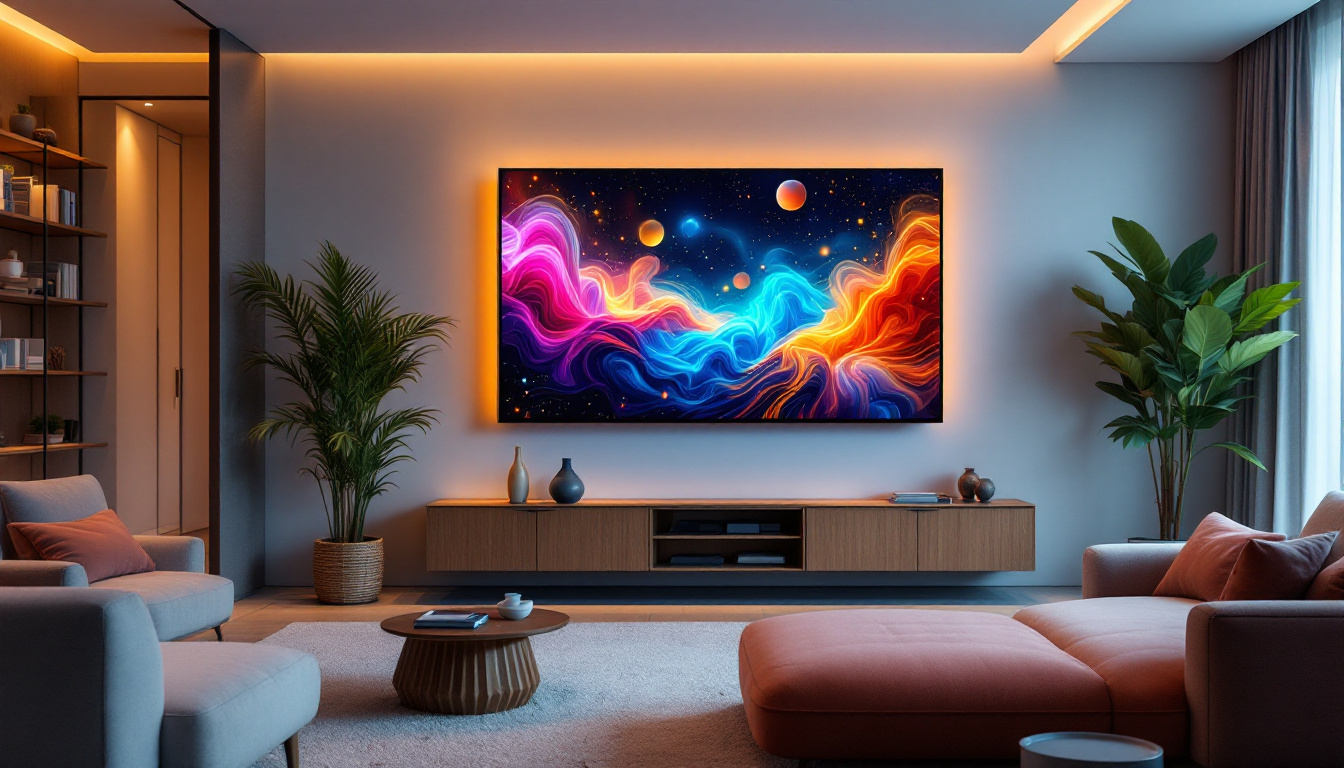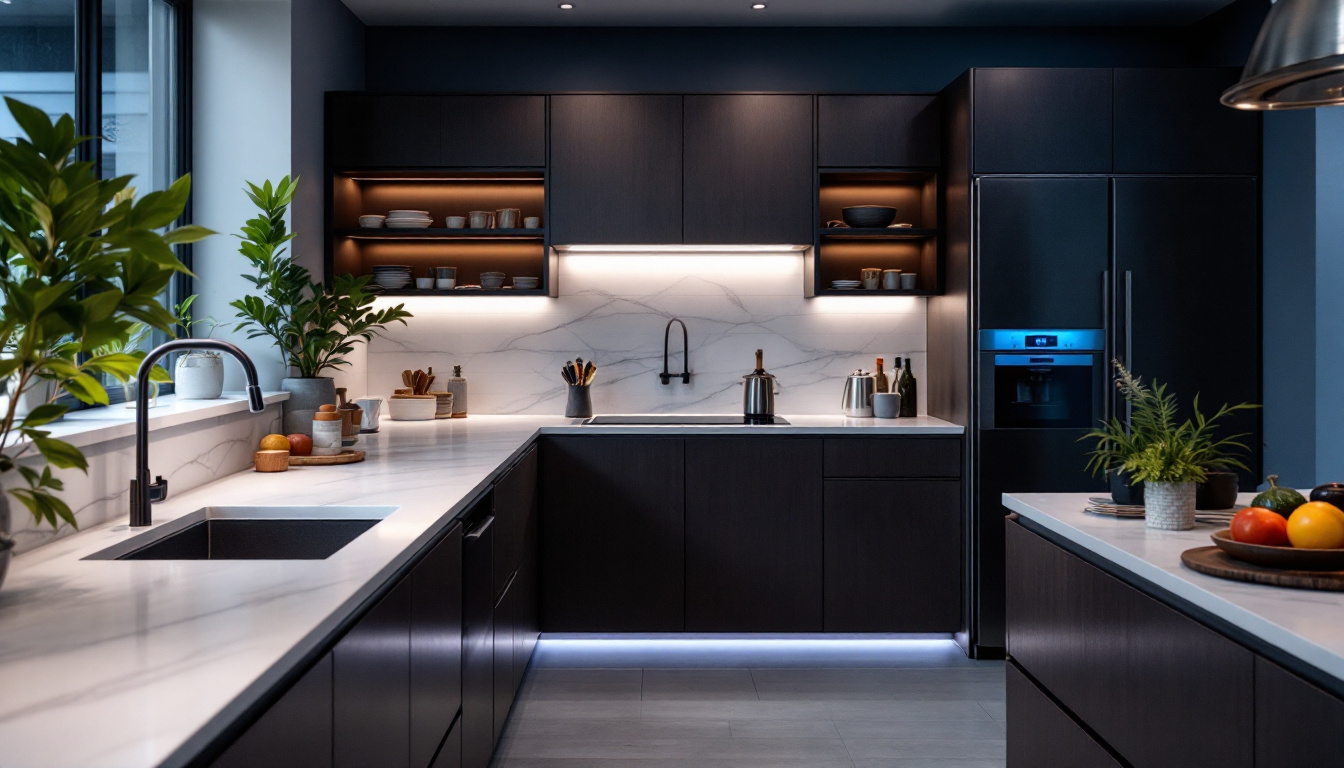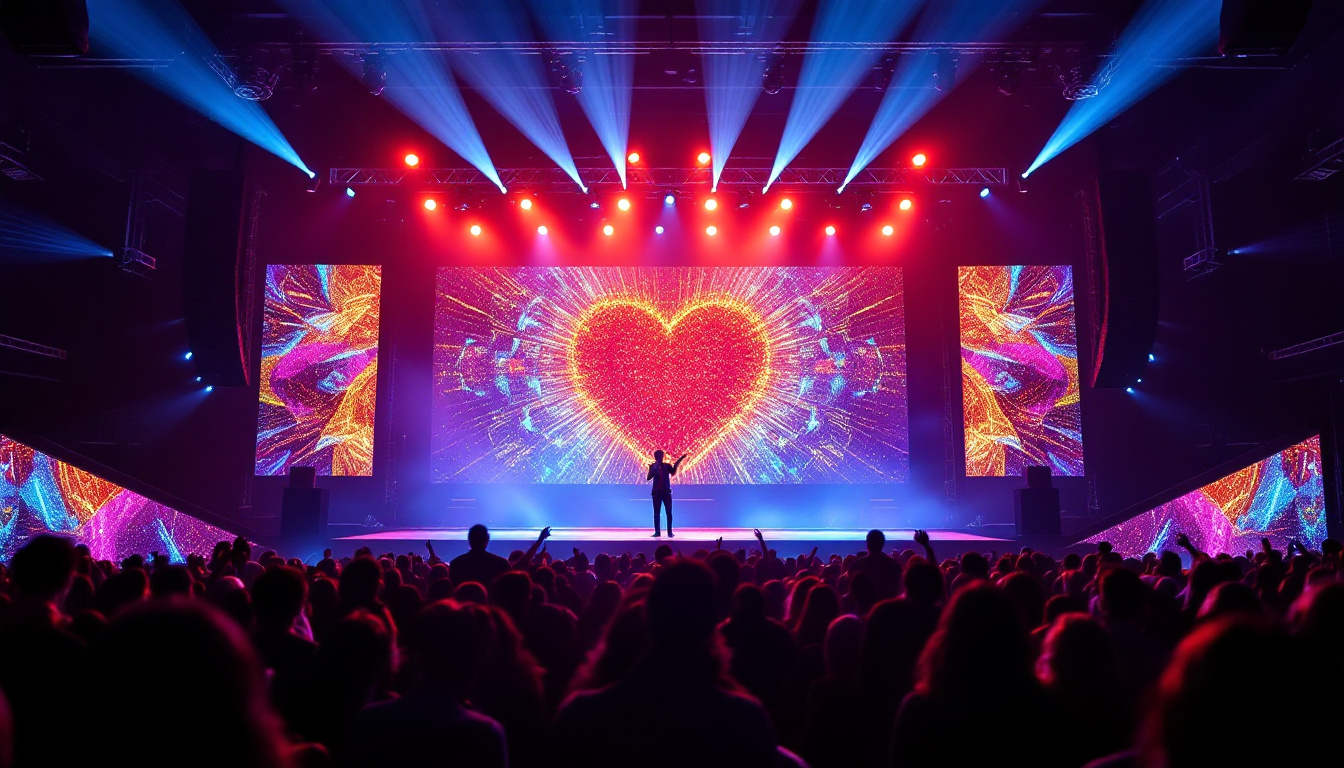In today’s fast-paced digital world, LED displays have become an integral part of how information is communicated visually. From vibrant billboards in Times Square to the dynamic screens at sports arenas and the sleek displays on consumer electronics, LED technology is everywhere. But what exactly is an LED display, how does it work, and why has it become the preferred choice for so many applications? This article delves deep into the world of LED displays, explaining their technology, types, benefits, and future trends.
Understanding LED Display Technology
What is an LED Display?
An LED display is a flat panel display that uses light-emitting diodes (LEDs) as pixels to create images, videos, and text. Unlike traditional LCD screens that rely on backlighting, LED displays generate their own light, resulting in brighter and more vibrant visuals. The core component of these displays is the LED itself, a semiconductor device that emits light when an electric current passes through it.
LED displays can be found in various sizes and resolutions, from small indicator lights on electronic devices to massive outdoor billboards. Their ability to produce vivid colors, high contrast, and energy efficiency has made them the dominant technology in many sectors. Furthermore, the longevity of LED displays, often exceeding 50,000 hours of use, makes them a cost-effective solution for businesses and consumers alike. The versatility of LED technology also allows for flexible designs, enabling curved and transparent displays that can fit into a variety of architectural and artistic applications.
How Do LED Displays Work?
At the heart of an LED display is a matrix of tiny LEDs arranged in rows and columns. Each LED acts as a pixel, and by controlling the intensity and color of each pixel, the display can render images and videos. The LEDs in these displays are usually red, green, and blue (RGB), and by mixing these primary colors at different intensities, the display can produce a full spectrum of colors.
There are two main types of LED displays based on their structure: direct view LED and LED-backlit LCD. Direct view LED displays use LEDs themselves as pixels, while LED-backlit LCDs use LEDs as a backlight source behind an LCD panel. This article focuses primarily on direct view LED displays, which are widely used for large-scale and outdoor applications. These displays are particularly favored for their high brightness levels, which make them visible even in direct sunlight, a crucial feature for outdoor advertising and public information displays. Additionally, advancements in technology have led to the development of fine-pitch LED displays, which boast higher pixel densities, allowing for closer viewing distances and sharper images, making them ideal for indoor environments such as concert venues and corporate settings.
Types of LED Displays
Indoor LED Displays
Indoor LED displays are designed for environments with controlled lighting conditions, such as conference rooms, retail stores, and broadcast studios. These displays typically have a higher pixel density, which means the LEDs are packed more closely together, resulting in sharper images and finer details. Pixel pitches for indoor LED displays usually range from 0.9mm to 4mm.
Because indoor environments require displays that can be viewed up close, manufacturers focus on minimizing the pixel pitch to enhance clarity. These displays are often used for digital signage, video walls, and interactive kiosks. The versatility of indoor LED displays allows them to be utilized in various settings, from corporate environments where presentations are crucial to entertainment venues that rely on vibrant visuals to engage audiences. Furthermore, advancements in LED technology have led to the development of energy-efficient models that not only reduce operational costs but also contribute to sustainability efforts by lowering overall energy consumption.
Outdoor LED Displays
Outdoor LED displays are built to withstand harsh environmental conditions, including rain, dust, and extreme temperatures. They are commonly used for advertising billboards, stadium screens, and public information displays. Outdoor displays have larger pixel pitches, typically ranging from 4mm to 20mm or more, as viewers tend to observe them from a distance.
These displays feature high brightness levels, often exceeding 5,000 nits, to ensure visibility even in direct sunlight. Additionally, they incorporate weatherproofing measures such as IP65 or higher ratings to protect against moisture and debris. The durability of outdoor LED displays is further enhanced by robust housing materials that resist fading and corrosion, ensuring that the visuals remain vibrant over time. Many outdoor displays are also equipped with advanced cooling systems to manage heat dissipation, which is crucial for maintaining performance during prolonged use in sunny climates. This combination of features makes outdoor LED displays an ideal choice for dynamic advertising campaigns that require constant updates and high-impact visuals.
Flexible and Transparent LED Displays
Innovations in LED technology have led to the development of flexible and transparent LED displays. Flexible LED displays use bendable substrates, allowing them to conform to curved surfaces, opening new possibilities in architectural design and wearable technology.
Transparent LED displays integrate LEDs within a glass panel, enabling viewers to see through the screen while displaying content. These are increasingly popular in retail windows and automotive applications, where maintaining visibility while delivering digital content is essential. The ability to blend digital information with the physical environment creates a unique interaction that captivates consumers, making it an effective tool for modern marketing strategies. Additionally, as urban landscapes evolve, transparent displays are being explored for use in smart city applications, where they can provide real-time information while preserving the aesthetic integrity of public spaces. This innovative technology not only enhances user engagement but also paves the way for futuristic designs that redefine how we interact with digital content in our everyday lives.
Advantages of LED Displays Over Other Technologies
Superior Brightness and Contrast
One of the most significant advantages of LED displays is their ability to produce extremely bright images with high contrast ratios. Unlike LCDs that rely on backlighting, LEDs emit light directly, allowing for deeper blacks and more vivid colors. This makes LED displays ideal for environments with high ambient light, such as outdoor advertising or brightly lit retail spaces.
Energy Efficiency and Longevity
LEDs are known for their energy efficiency. They consume less power compared to traditional display technologies like plasma or incandescent lighting. This efficiency translates to lower operating costs, especially for large-scale installations that run continuously.
Moreover, LED displays have a long operational lifespan, often exceeding 100,000 hours. This durability reduces maintenance costs and downtime, making them a cost-effective solution in the long run.
Flexibility and Scalability
LED displays can be customized to fit virtually any size or shape. Modular LED panels can be combined seamlessly to create massive video walls or uniquely shaped installations. This scalability is a significant advantage for venues like stadiums, concert halls, and public spaces that require large-format displays.
Applications of LED Displays
Advertising and Digital Signage
One of the most visible applications of LED displays is in advertising. Digital billboards powered by LED technology have revolutionized outdoor advertising by enabling dynamic, eye-catching content that can be updated in real-time. According to industry reports, the global digital signage market is projected to grow at a CAGR of over 8% through 2028, driven largely by LED display adoption.
Retailers use LED displays to attract customers, promote products, and enhance the shopping experience. The ability to display high-resolution videos and animations makes LED signage a powerful marketing tool.
Sports and Entertainment Venues
LED displays are a staple in sports arenas and concert venues. They provide spectators with live action replays, scores, and interactive content. The high brightness and wide viewing angles ensure visibility from every seat in the house, even under intense lighting conditions.
Additionally, LED displays are used in stage design and event production to create immersive visual experiences, enhancing audience engagement.
Transportation and Public Information Systems
LED displays are widely used in transportation hubs such as airports, train stations, and bus terminals. They provide real-time information on schedules, delays, and emergency announcements. Their reliability and visibility make them ideal for critical communication in public spaces.
Smart city initiatives also leverage LED displays for traffic management, public safety alerts, and community engagement.
Future Trends in LED Display Technology
Mini-LED and Micro-LED Innovations
Emerging technologies like Mini-LED and Micro-LED are pushing the boundaries of LED display performance. Mini-LEDs use thousands of tiny LEDs as backlighting for LCD panels, improving contrast and brightness. Micro-LEDs, on the other hand, consist of microscopic LEDs that serve as individual pixels, offering superior color accuracy, brightness, and energy efficiency.
Micro-LED displays promise to outperform OLEDs in terms of lifespan and brightness, making them a highly anticipated technology for next-generation TVs, smartphones, and augmented reality devices.
Integration with IoT and Smart Technologies
The integration of LED displays with Internet of Things (IoT) technology is transforming how these displays are managed and utilized. Smart LED displays can adapt content based on environmental conditions, audience demographics, and real-time data inputs. For example, digital billboards can change advertisements based on weather, time of day, or traffic patterns.
This level of interactivity and automation enhances the effectiveness of LED displays and opens new possibilities for personalized marketing and public communication.
Sustainability and Eco-Friendly Design
As environmental concerns grow, manufacturers are focusing on making LED displays more sustainable. This includes using recyclable materials, improving energy efficiency, and reducing hazardous substances in production. Advances in LED technology also contribute to lower carbon footprints for large-scale digital signage installations.
Consumers and businesses alike are increasingly prioritizing eco-friendly solutions, making sustainability an essential factor in the future development of LED displays.
Conclusion
LED displays have fundamentally changed the way visual information is presented across industries. Their unparalleled brightness, energy efficiency, and versatility make them the preferred choice for applications ranging from advertising and entertainment to public information and smart city infrastructure. As technology continues to advance, innovations like Micro-LED and smart integration promise to further enhance the capabilities and impact of LED displays.
Understanding the technology behind LED displays and their diverse applications can help businesses, designers, and consumers make informed decisions about incorporating this dynamic medium into their environments. Whether for captivating advertising campaigns or delivering critical information in public spaces, LED displays offer a powerful and adaptable solution for visual communication in the digital age.
Explore Cutting-Edge LED Solutions with LumenMatrix
Ready to elevate your visual communication with the latest in LED display technology? LumenMatrix is at the forefront of innovation, offering an extensive range of LED display solutions tailored to your needs. From the immersive Indoor LED Wall Display to the robust Outdoor LED Wall Display, and from the dynamic Vehicle LED Display to the sleek LED Poster Display, our products are designed to captivate and engage. Discover the possibilities with our LED Sports Display, Floor LED Display, Custom LED Display, All-in-One LED Display, and LED Transparent Display. Embrace the future of digital signage with LumenMatrix and Check out LumenMatrix LED Display Solutions today to create unforgettable visual experiences that resonate with your audience.

